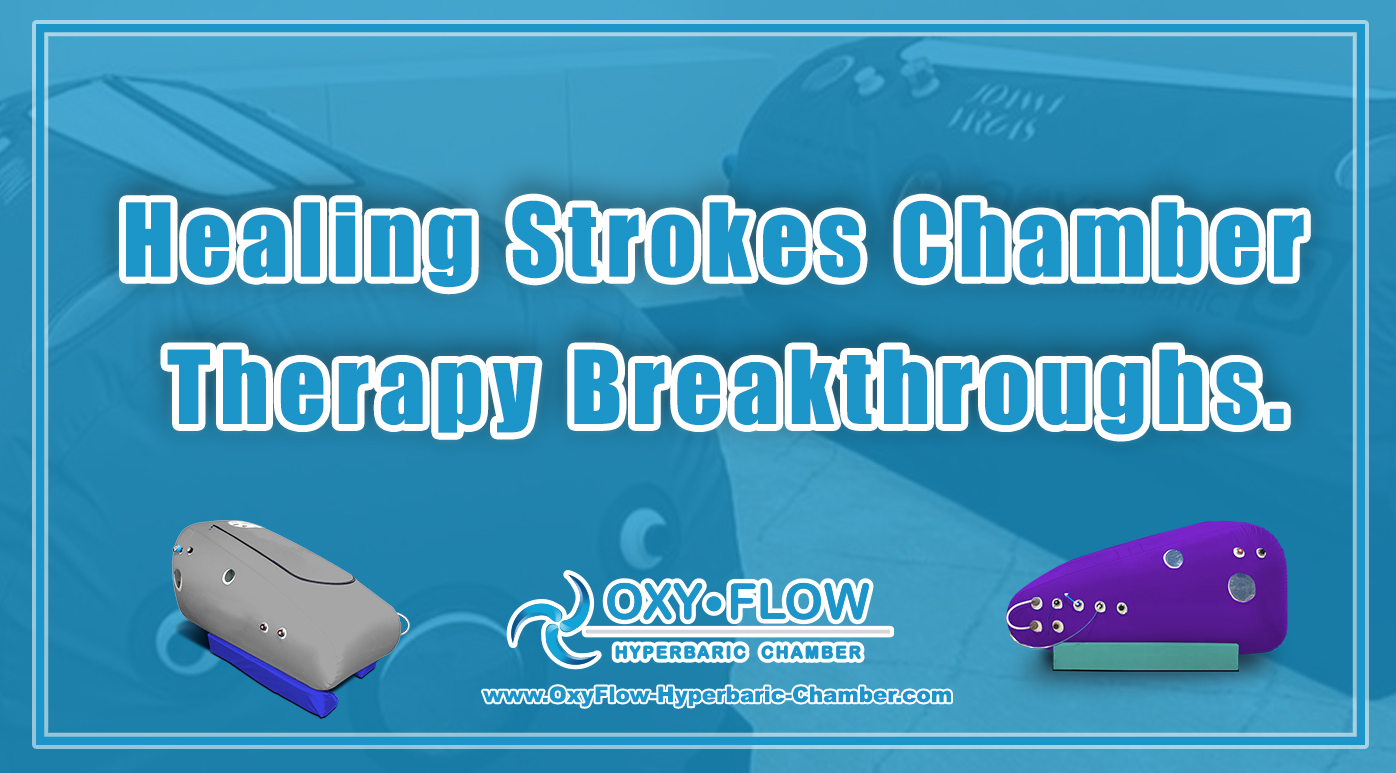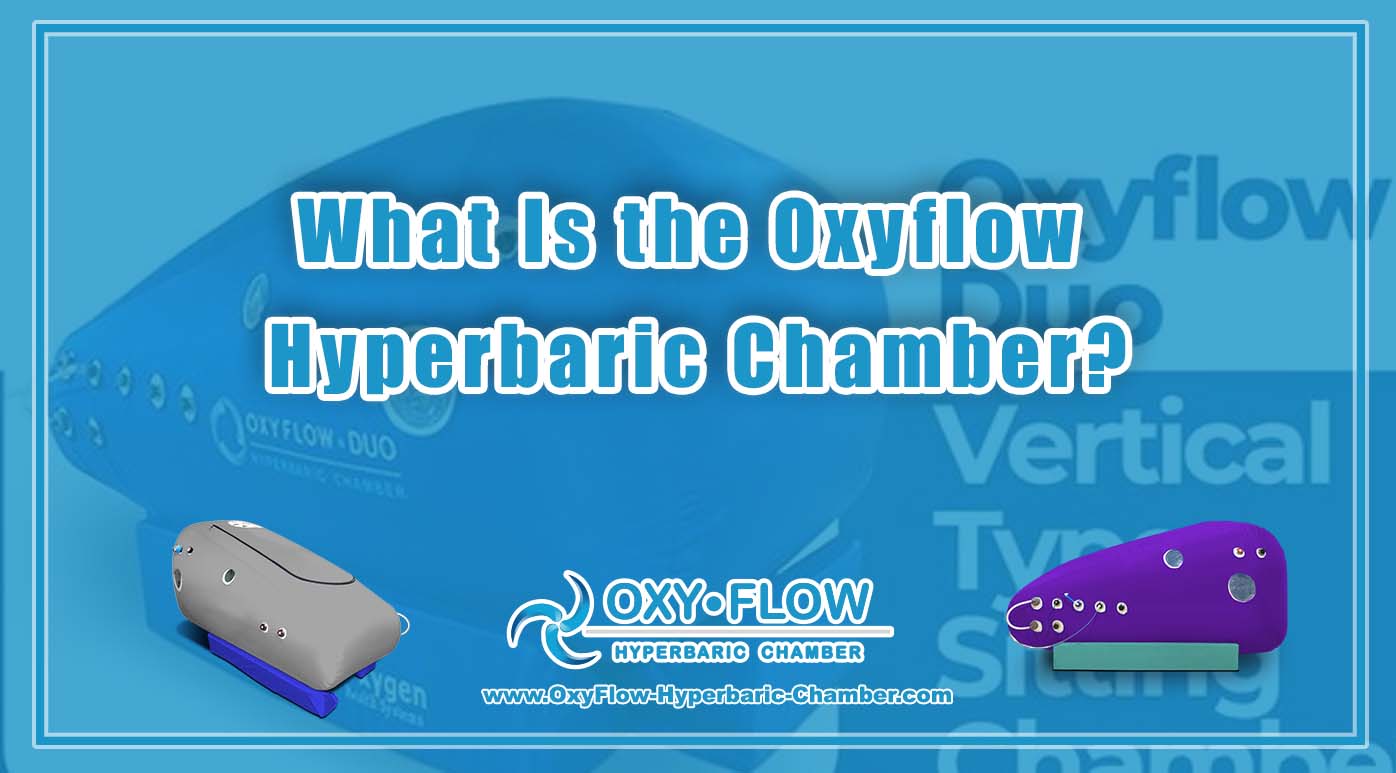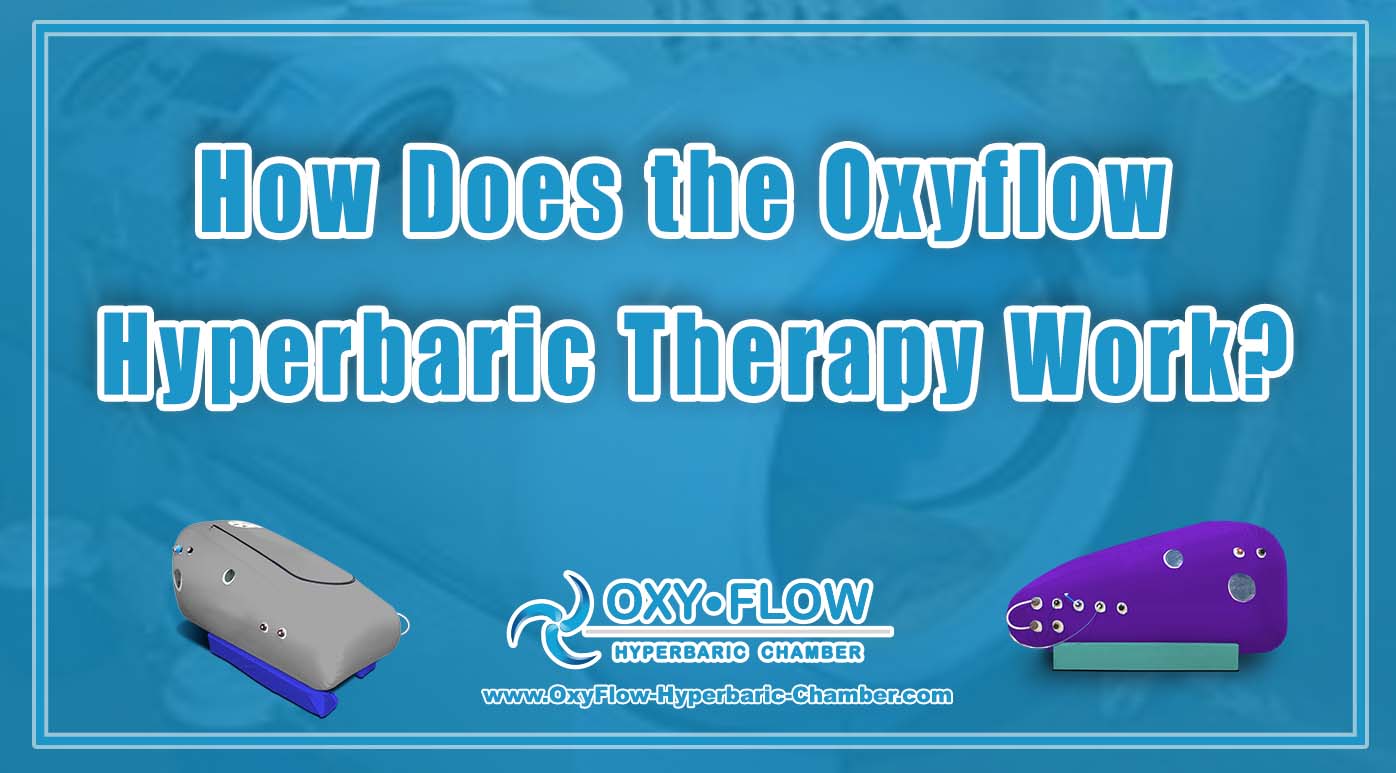
Healing Strokes | Chamber Therapy Breakthroughs.
Healing Strokes | Chamber Therapy Breakthroughs.

In recent years, there has been a growing interest in chamber therapy as a breakthrough treatment for stroke patients. This innovative approach to healing strokes shows promise in improving outcomes and enhancing the recovery process for individuals who have suffered from a stroke.
Understanding Strokes and Their Impact.
Strokes, often referred to as brain attacks, occur when there is a disruption in the blood supply to the brain. This can lead to damage in the affected area of the brain, resulting in various physical and cognitive impairments. The effects of a stroke can be debilitating, affecting a person’s ability to move, speak, and perform everyday tasks.
Stroke survivors often face challenges in their recovery journey and may require extensive rehabilitation to regain lost functions and improve their quality of life. Traditional therapies such as physical, occupational, and speech therapy have long been standard approaches to stroke rehabilitation. However, researchers and healthcare providers are constantly exploring new ways to enhance the effectiveness of stroke treatment and improve patient outcomes.
Chamber Therapy: A Novel Approach to Stroke Recovery.
Chamber therapy, also known as hyperbaric oxygen therapy (HBOT), is a non-invasive treatment that involves breathing in pure oxygen in a pressurized chamber. In recent years, researchers have been investigating the potential benefits of chamber therapy for stroke recovery.
One of the key principles behind chamber therapy is its ability to increase the amount of oxygen delivered to the body’s tissues and organs. By breathing in pure oxygen under pressure, it is believed that the therapy can help improve blood flow to the brain, reduce inflammation. These effects may contribute to better recovery outcomes for stroke patients.
Healing Strokes The Impact of Chamber Therapy on Stroke Rehabilitation.
Studies on the use of chamber therapy for stroke rehabilitation have shown promising results. Some research suggests that HBOT may help reduce the size of brain lesions caused by strokes, improve neurological function, and enhance the overall recovery process.
One particular area of interest is the potential of chamber therapy to promote neuroplasticity, the brain’s ability to reorganize and form new connections after injury. By enhancing oxygen delivery to the brain, chamber therapy may create an optimal environment for neuroplasticity to occur, facilitating improvements in motor skills, language abilities, and other functions affected by strokes.
The Future of Chamber Therapy in Stroke Rehabilitation.
While chamber therapy shows promise as a novel approach to stroke recovery, more research is needed to fully understand its effectiveness . Ongoing studies are exploring different aspects of chamber therapy, such as treatment protocols, patient selection criteria, and long-term outcomes.
As researchers continue to investigate the potential benefits of chamber therapy for stroke rehabilitation, healthcare providers and stroke survivors are hopeful that this innovative treatment modality will lead to improved recovery outcomes and better quality of life for those affected by strokes. Chamber therapy represents a significant breakthrough in the field of stroke rehabilitation, offering new possibilities for enhancing patient care and advancing our understanding of how to treat and manage strokes effectively.
Healing Strokes In conclusion.
Chamber therapy holds great promise as a groundbreaking treatment for stroke patients, with the potential to improve recovery outcomes and enhance the overall quality of life for individuals recovering from strokes. As research in this area continues to evolve, it is essential to stay informed about the latest developments and findings related to chamber therapy and its impact on stroke rehabilitation.


